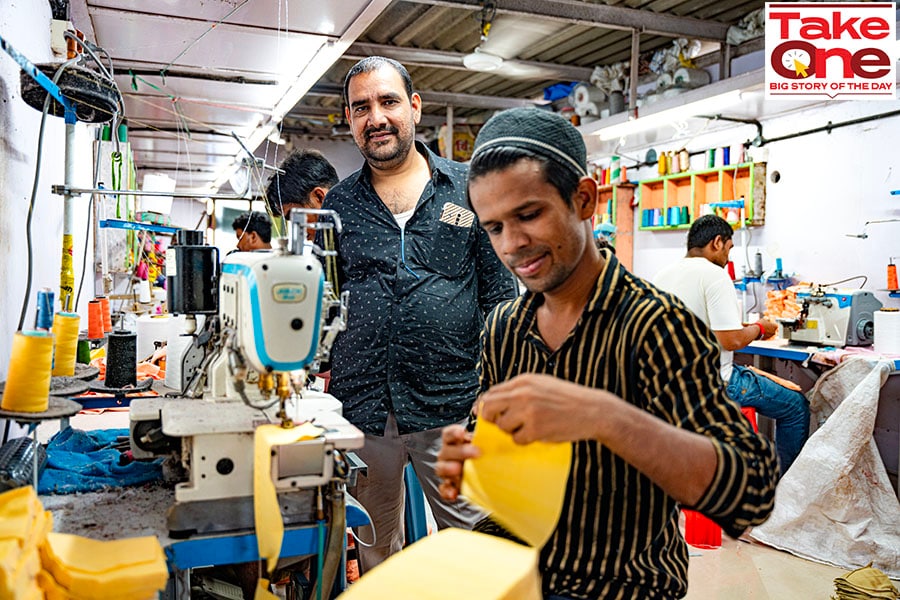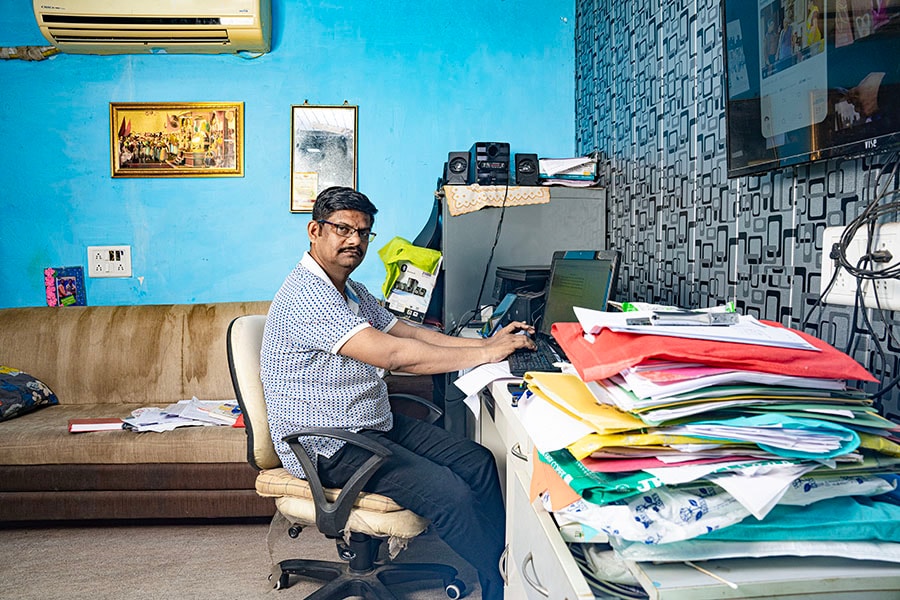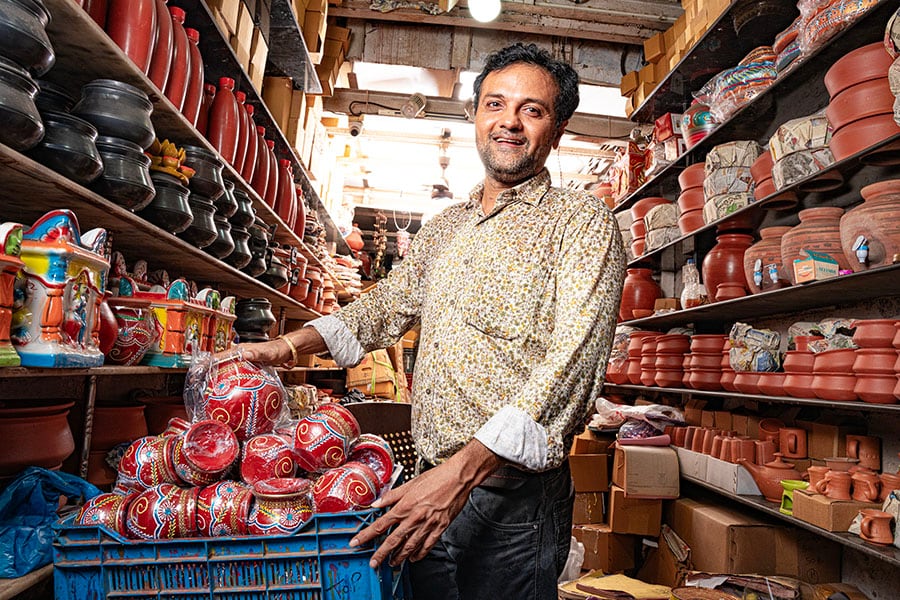
Dharavi redevelopment: Can Adani really do it?
Talk of Dharavi's redevelopment has been around for decades and mostly on paper. While some residents are hopeful, once again, others have concerns about their livelihoods
 Sayed Sajid Ali owns three properties in Dharavi and is concerned about running into losses because no space will be provided for the extra floors. Image: Mexy Xavier
Sayed Sajid Ali owns three properties in Dharavi and is concerned about running into losses because no space will be provided for the extra floors. Image: Mexy Xavier
On a busy Monday afternoon with sporadic rain, we walk through one of the most densely populated slums in the world, ducking under low-hanging cables. Dilip Kamble, 58, points out that the monsoons are difficult for residents of Dharavi. Recalling an instance, he tells us why he decided to renovate his house instead of waiting for the redevelopment to commence, which has been all talk and no action for decades. “The first time I heard about Dharavi getting a makeover was when I was six years old, back in the 1970s. Nothing has changed since then,” recalls sub-inspector Kamble, who recently refurbished his house, following his family’s struggles every monsoon season.
"In 2021, my youngest son video-called me to show how water was flowing into the house from everywhere, and I couldn’t do anything to help them because I was on duty. I had tears in my eyes to see my family go through such a situation.” That day, Kamble decided to use his savings and get a loan to renovate the house. He is not alone. There are over 1 million people living across 259 hectare in the world’s largest slum, cramped in small houses, sharing one common toilet between 300-odd people.
Dharavi is also a thriving business centre and manufacturing hub, with more than 12,000 micro, small, and medium enterprises (MSMEs) engaged in businesses such as leather making, garment manufacturing, pottery, and plastic recycling. These industries export goods across the globe, with an estimated annual turnover of around $1 billion.
The plans for Dharavi’s redevelopment have now resurfaced, with the Maharashtra government approving Adani Group’s bid on July 13. The Maharashtra Housing and Area Development Authority (Mhada) granted final approval for the appointment of Adani for the redevelopment of Dharavi. The agreement comes eight months after Adani Realty emerged as the highest bidder for the project, with an initial investment commitment of Rs 5,069 crore against a base price of Rs 1,600 crore. The entire project is estimated to cost around Rs 23,000 crore.
Those who have lived in the slum since before January 1, 2000, qualify as beneficiaries. This criteria was decided on the basis of the last survey done in 2008, and since then, the population has doubled. Around 56,000 structures were surveyed in 2008, of which 46,000 were residential and 10,000 were commercial. Today, there are over 1 lakh structures. There are also numerous three-storey structures, occupied by owners and tenants. There is a lot of fear, uncertainty, and doubt among the residents about the project, as this is the fourth time in the last two decades that the state government has tried to redevelop Dharavi.










